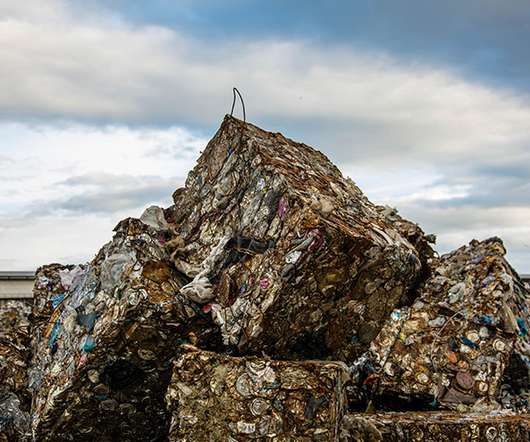GHG Protocol: Scope 1 Emissions Explained
Green Business Bureau
MAY 11, 2022
The 2001 GHG Protocol’s guidelines were the first to categorize business GHGs as scope 1 emissions, scope 2 emissions, and scope 3 emissions. Scope 2 emissions are indirect GHGs released from the energy purchased by an organization. These are fossil fuels burnt on site. Fossil fuels (e.g.















Let's personalize your content